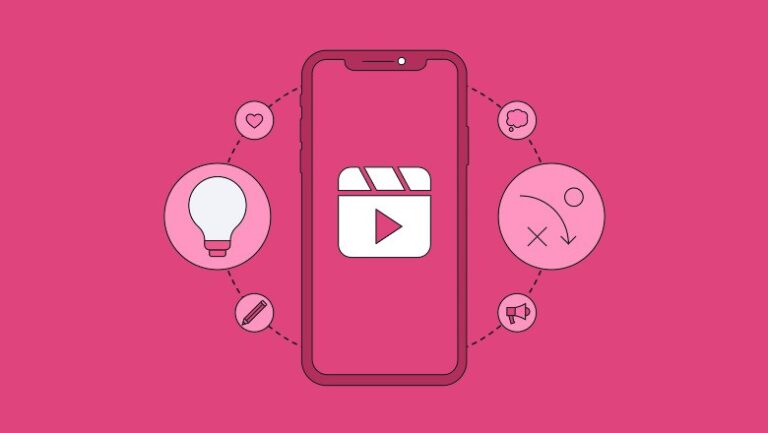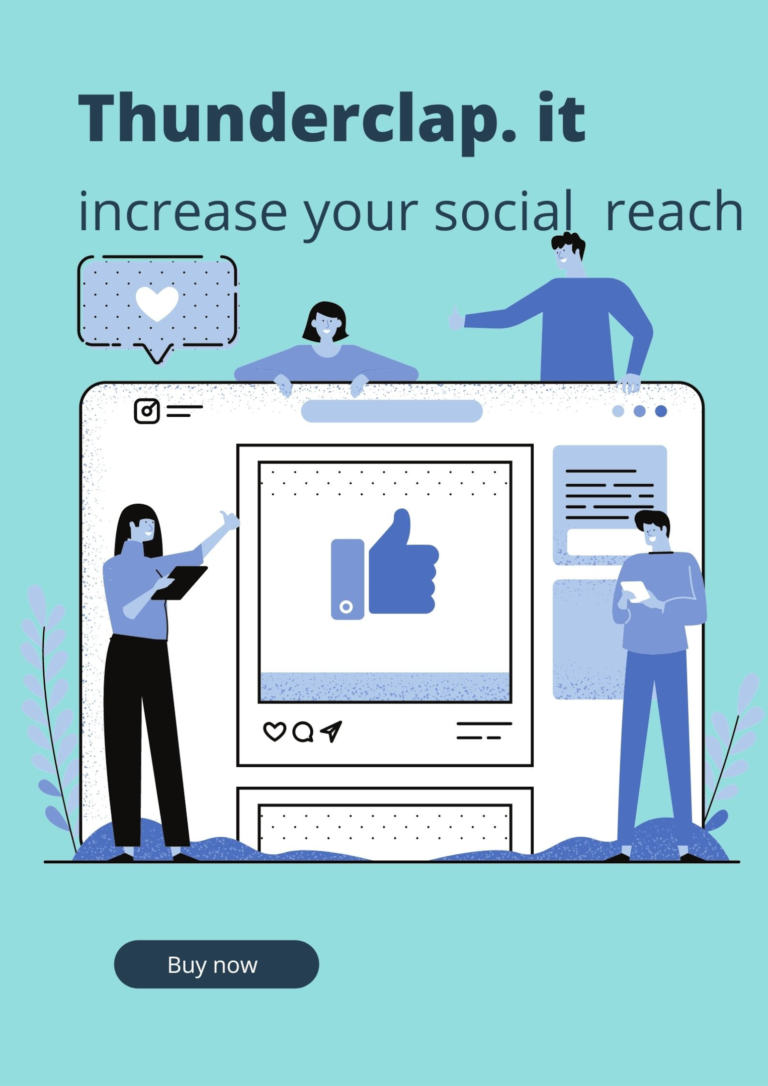How to Integrate Social Media Into Each Customer Journey Stage?
Social media is an important medium for connecting with your audience (whether they are prospects or customers). Customer journey mapping allows businesses to visualize each interaction stage that customers experience. It helps to understand the needs, pain points, and touchpoints at each stage of the customer journey.
With social media, it’s possible to advertise, convert prospects into customers, retain them for a long time, and motivate them to refer their friends or family. In this article, we’ll discuss how to integrate social media with each customer journey stage.
Introduction: What is a customer journey map?
A customer journey map is a visual representation of the stages that customers pass through when interacting with your brand. It starts when the customer becomes aware of the company and typically ends with post-purchase support. The map allows companies to know the primary platforms and the pain points a customer might have at each stage.
Businesses can use the customer journey map to optimize every touchpoint and provide a personalized experience. It’s necessary to perform research and collect adequate data on the various stages. For example, customers can discover your brand through ads, comments, reviews, etc. So you might have to create multiple maps for such cases.
Some benefits of mapping out your customer’s journey
Mapping allows you to understand the customer journey experience and determine how best to communicate with customers at each stage. Below are some advantages of creating a customer journey map in your business:
- Better customer insights
A customer journey map allows you to analyze customer preferences, behaviors, and expectations at the stages.
- Improved internal processes
You can pay closer attention to your workflow and improve inefficient processes that may be slowing business growth.
- Personalized communication
It equips brands with information for crafting marketing texts that resonate with the audience and inspire action.
- Excellent customer experience
You can optimize every stage of the customer journey, address customer needs and improve their experience.
The different stages of the customer journey
When creating your customer journey map, you need to have a clear blueprint. There are customer journey map templates that can help you create them faster. However, these are the main stages in the customer journey:
- Awareness – The point where prospects come across your product or service. They may be searching for a solution to their problem. Or they may randomly stumble across your brand.
- Consideration – The stage where prospects learn more about your brand, check out reviews or social media comments, and try to compare the value of your products or services with the prices.
- Decision – The moment when a prospect decides to purchase products or subscribe to your pricing plans. You may have to address their concerns or highlight the benefits of patronizing your brand.
- Retention – This is an important stage where you satisfy your customers and make their happiness a priority. You need to earn their trust and loyalty so they won’t switch to another brand or competitor.
- Advocacy – Happy customers are more willing to recommend your products and services to their friends and family. They would also leave positive reviews and defend your brand when possible.
How to integrate social media at each stage of the customer journey?
You can use social media campaigns and marketing to attract and move customers through the stages. Here are ways to interact with your audience on social media:
- Awareness Stage: Social media strategies for this stage include online advertising, uploading product visuals on platforms like Instagram or Pinterest, collaborating with influencers, and using social media promotions or contests to raise awareness.
- Consideration Stage: It’s a great idea to educate prospects through educational blog posts and video content. You can also publish customer testimonials, respond to comments or queries, and offer free trials or demos to nurture leads.
- Decision Stage: To help potential customers make a decision, you can showcase user-generated content and customer reviews that recommend your product/service. You may also introduce stuff like product comparisons, limited-time discounts and product giveaways to drive conversions.
- Retention Stage: This is a crucial stage that involves engaging with customers on social media, providing efficient online customer support, encouraging customers to follow your brand on social media, and running polls/surveys on social media to get customer feedback/input.
- Advocacy Stage: To enable brand promotion, you need to recognize brand advocates on social media, request customer reviews/testimonials, highlight customer success stories and encourage user-generated content to cultivate brand loyalty.
Conclusion
Regardless of which stage your customers may be on, you should realize that social engagement is crucial. It helps to understand your customer’s perspectives, address their concerns, and explain how your products or services can solve their problems. With customer journey mapping, you can create engaging social media content that attracts, converts, and retains your audience without much hassle.







